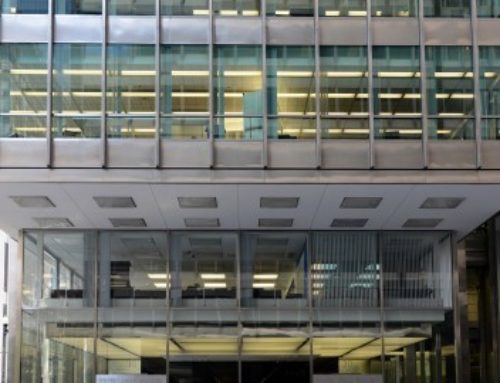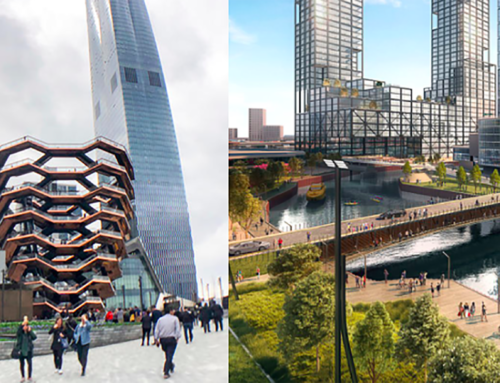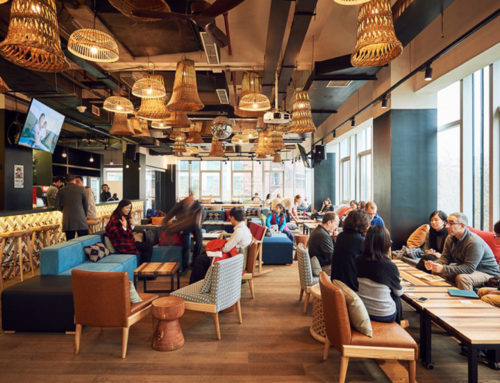PART THREE: WHERE
While your people and your field of work certainly play a role in shaping your office landscape, another important factor actually has to do with what goes on outside the four walls of your space. According to a study by Gensler, cities and their respective cultures and trends are playing a big part in how people think about the workplace. Although different cities across the world naturally have quite different stories to tell, it seems that there are certain trends that are taking hold across the board.
Recently, in large American cities like New York, Chicago, and San Francisco, there has been an observable migration of offices away from the city centers that had historically been considered the business districts, like downtown Manhattan or the Chicago Loop. By moving from a central cluster of skyscrapers to older warehouse-type buildings in the surrounding neighborhoods, businesses are enjoying the rich diversity of amenities that these areas have to offer, as well as public transportation that keeps them connected to the rest of the city.
Companies are choosing where to locate based on what best aligns with their own culture and brand, rather than on the old socioeconomic divisions that used to separate the different parts of the city. Another by-product of this shift is that rent is considerably more affordable the farther away from the city center you are, which has been an advantage for start-ups and smaller businesses.
Overseas, in cities like London and Shanghai, a major influence on where businesses choose to locate has to do with proximity and access to public transportation. Because these cities are so large and sprawling, it is more essential than ever for different districts to be linked via mass transit for the city to function as a whole. Different types of companies tend to cluster together based on industry, resulting in tech districts, finance districts and law districts within these metropolises.
What is interesting is that unlike New York and Chicago, companies in these cities are beginning to adopt taller buildings as these business sectors develop. Despite the geographic divisions between different industries, London and Shanghai have experienced success as they continue to evolve as world business centers, thanks to their connectedness.
While these trends reflect some real benefit to companies, they should not necessarily be the deciding factor when choosing an office. Maybe the best move for your business is to take up residence in a State Street skyscraper, when everyone else is moving to the boroughs. Perhaps the best-fitting office space for your London law firm is actually in Canary Wharf. Whatever city your company finds itself in, your foremost concern should be locating in an area that provides the greatest benefit to your people and your clients, regardless of what the trends dictate.






